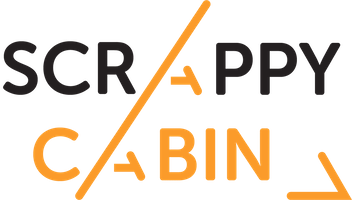Google’s Ranking Factors: User Interaction

1. Organic Click Through Rate for a Keyword: Pages that get clicked more in CTR may get a SERP boost for that particular keyword.
2. Organic CTR for All Keywords: A page’s (or site’s) organic CTR for all keywords is ranks for may be a human-based, user interaction signal.
3. Bounce Rate: Not everyone in SEO agrees bounce rate matters, but it may be a way of Google to use their users as quality testers (pages where people quickly bounce is probably not very good).
4. Direct Traffic: It’s confirmed that Google uses data from Google Chrome to determine whether or not people visit a site (and how often). Sites with lots of direct traffic are likely higher quality than sites that get very little direct traffic.
5. Repeat Traffic: They may also look at whether or not users go back to a page or site after visiting. Sites with repeat visitors may get a Google ranking boost.
6. Blocked Sites: Google has discontinued this feature in Chrome. However, Panda used this feature as a quality signal.
7. Chrome Bookmarks: We know that Google collects Chrome browser usage data. Pages that get bookmarked in Chrome might get a boost.
8. Google Toolbar Data: Search Engine Watch’s Danny Goodwin reports that Google uses toolbar data as a ranking signal. However, besides page loading speed and malware, it’s not known what kind of data they glean from the toolbar.
9. Number of Comments: Pages with lots of comments may be a signal of user-interaction and quality.
10. Dwell Time: Google pays very close attention to “dwell time”: how long people spend on your page when coming from a Google search. This is also sometimes referred to as “long clicks vs short clicks”. If people spend a lot of time on your site, that may be used as a quality signal.
